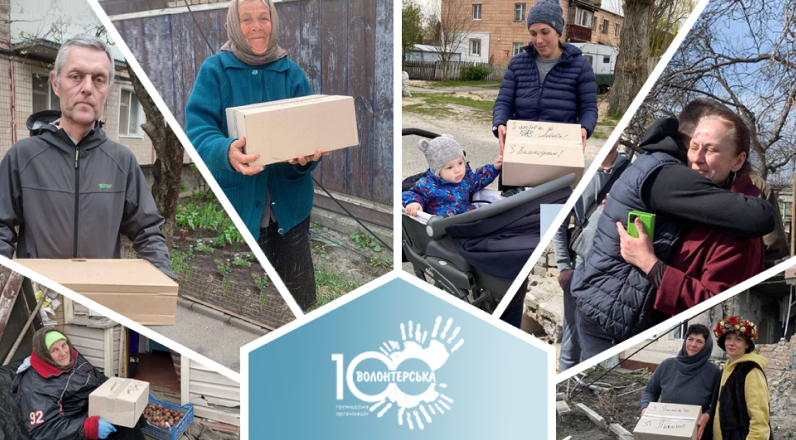The war has 2 fronts: military and humanitarian. Ever since the first days of a full-scale war, some part of the Ukrainian event community came together and applied their skills of crisis management and process management, taking under their guardianship the railway station in Lviv.
Volunteer staff created at the station during the peak days of evacuation met and accompanied about 60,000 people (which is 10 times more than the regular passenger flow). Help for women, the elderly, people with disabilities, a team of medical psychologists, security and coordination of the flow of people, food, work of the mother and child room, info-staff, cleaning, etc. All these services were organized by a team initiated by representatives of the event industry.
That's how volunteering began, which evolved into a systematic approach and the creation of CS “Volunteer Hundred. Today our work consists of such areas as:
- The main headquarters of the station, which meets all passengers and provides them with the necessary assistance;
- Info-staff, where volunteers-communicators work 24/7, and their main task is further coordination of people during evacuation (in Ukraine and abroad);
- Volunteer cafe, which feeds passengers arriving by evacuation trains for free;
- Humanitarian headquarters with a warehouse at the station, which collects and sends humanitarian cargoes to eastern and southern Ukraine.
More about the humanitarian headquarters:
Only for the first 2 weeks of work we made dispatch of 38 cargoes with humanitarian aid to Dnepropetrovsk, Kharkov, Zaporozhye, Odessa, Donetsk region, de-occupied villages of Kyiv and Chernihiv regions. Humanitarian aid is delivered to the cities through an extensive network of local coordinators whose main task is to check on-site with recipient organizations, deliver and monitor the intended use of the aid. Our focus is on working with foundations, shelters, hospitals, and volunteer organizations of targeted assistance that have a clear target audience. All shipments are immediately transferred to people, without delay at regional warehouses, where it is impossible to track the final use of humanitarian aid.
Our warehouse is located at the train station, which allows us to effectively use the rail connection to send goods. Also, we have integrated a warehouse accounting system for all incoming and outgoing products and have developed reporting standards on the part of humanitarian aid recipients. Now we need support to purchase the most in-demand items and load humanitarian aid.
How much is needed?
10,000€ — purchase of 3,000 canned meat (the most requested item by the recipients); packaging and logistics costs; loading of humanitarian aid.

